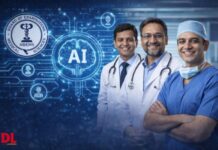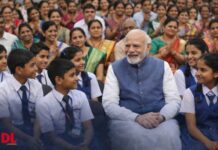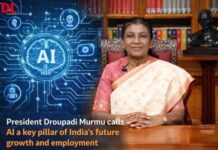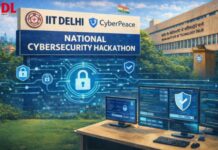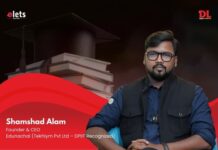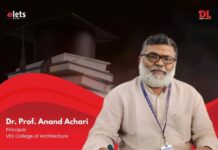
“I want to emphasise that if you wish to drive change and prepare your graduates for the future, it cannot be done incrementally. It needs to be a significant and integrated transformation across all aspects of the university, and it must happen quickly. That’s the core message I want to convey”, shared Dr N Varaprasad, Former Deputy President, National University of Singapore, Singapore at 27th Elets World education Summit in Malaysia.
“We all know that the world outside of higher education is evolving rapidly. The COVID-19 pandemic has demonstrated that learning can happen anywhere and anytime. The boundaries of physical space and time in education have vanished. You can enroll in courses worldwide, access top professors and experts online, and find information instantly on platforms like Coursera, YouTube, LinkedIn, and Wikipedia. However, it’s essential to have the skill to distinguish between fact and fiction due to the abundance of misinformation”, he further added.
Moreover, the outside world is continually generating new services, business models, and job opportunities. The freelance economy, gig economy, and project-based work arrangements are reshaping the way people work. AI is also threatening many traditional jobs, including those that were once considered high-level. Lifelong learning has become imperative, and universities and colleges must adapt accordingly.
He further expressed, “In my view, higher education institutions are struggling to keep pace with these external changes. Many are making incremental adjustments, introducing project work, industry internships, and entrepreneurship modules. However, these changes do not represent a fundamental transformation. Universities are inherently stable organizations, and making swift, disruptive changes is challenging due to their size and complexity.”
The key question is, how can university leaders, such as presidents, provosts, vice-chancellors, and deans, best prepare their students for a rapidly changing and uncertain future? I believe that disruption is necessary. If universities do not disrupt themselves within the next decade, they risk becoming irrelevant.
Disruptive innovation, as Clayton Christensen defines it, involves introducing a product or service that established industry leaders find unattractive. It’s often the individuals below the leadership level who push for change. University leaders should reimagine higher education, starting from a blank slate if necessary. They should focus on developing whole individuals who are equipped with essential skills like problem-solving, just-in-time learning, adaptability, resilience, social capital building, collaboration, and entrepreneurship.
One approach to reimagining higher education is to create a problem-solving machine. Instead of traditional lectures, students are presented with real-world problems to solve in small groups. They learn whatever is necessary to solve these problems and present their solutions. This approach emphasizes that there is no single correct answer and encourages collaboration and knowledge acquisition in response to real challenges.
Another critical aspect is the need for students to become lifelong learners who can thrive in ambiguous and uncertain situations. Building social capital, fostering collaboration, and instilling entrepreneurial skills are equally important. The core curriculum should include values, ethics, professionalism, information literacy, and community service.
If you were to redesign higher education without any legacy constraints, you should consider factors such as the composition of your student body, curriculum design, pedagogy, assessment methods, faculty recruitment, and facilities. For example, you may need to rethink the need for traditional exams, libraries filled with physical books, and the role of PhD qualifications for faculty members.
He concluded, “Incremental change is too slow to prepare students for an uncertain future that is changing faster than the education system. Disruption and reinvention are essential for higher education institutions to remain relevant and effective in the years ahead. This could involve merging faculties, expanding student choices, and enhancing advisory and support services to maximise each student’s potential. My consulting firm, Singapore Education Consulting Group, aims to assist educational institutions in their journey of reinvention for the next wave of education.”


